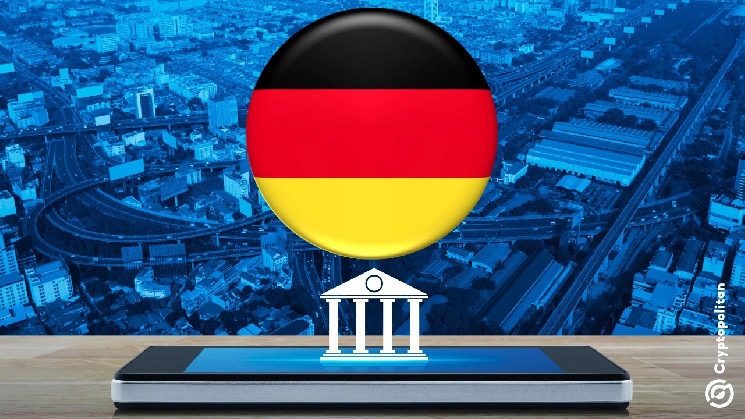Deutsche Bank AG’s Innovative Approach to Addressing Regulatory Challenges in Public Blockchains
Deutsche Bank AG is taking proactive steps to tackle the regulatory hurdles that banks often encounter when utilizing public blockchains, including the potential risk of inadvertently engaging in transactions with criminal or sanctioned entities.
Recently, the bank rolled out the test version of Project Dama 2, an asset servicing pilot program, in November. This groundbreaking platform leverages a layer two system that harnesses the power of public blockchains to facilitate more cost-effective and efficient transactions.
Embracing Blockchain Technology to Navigate Margin Pressures in Financial Services
Boon-Hiong Chan, an innovation lead at Deutsche Bank Asia-Pacific, highlighted that the bank’s Layer 2 infrastructure is seamlessly integrated with Ethereum, a prominent blockchain network known for its robust transaction capabilities.
Chan emphasized that while public blockchains like Ethereum offer numerous benefits, they also pose certain risks for regulated banks. These risks encompass concerns related to the verification of transaction validators, the potential exposure to sanctioned entities, and the unpredictability of blockchain modifications.
Chan further stated, “By utilizing dual chains, we can address several of these regulatory apprehensions effectively.”
Project Dama 2 forms part of Singapore’s ambitious Project Guardian initiative, where 24 leading financial institutions are exploring the tokenization of assets through blockchain technology. Deutsche Bank and other industry pioneers view blockchain as a strategic tool to combat margin pressures within the financial sector. However, the extent to which banks should immerse themselves in the realm of cryptocurrencies remains a subject of ongoing debate.

